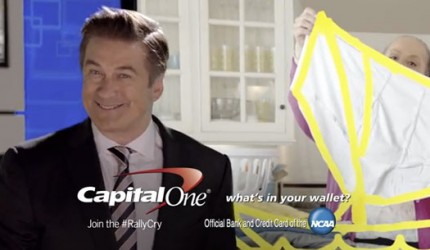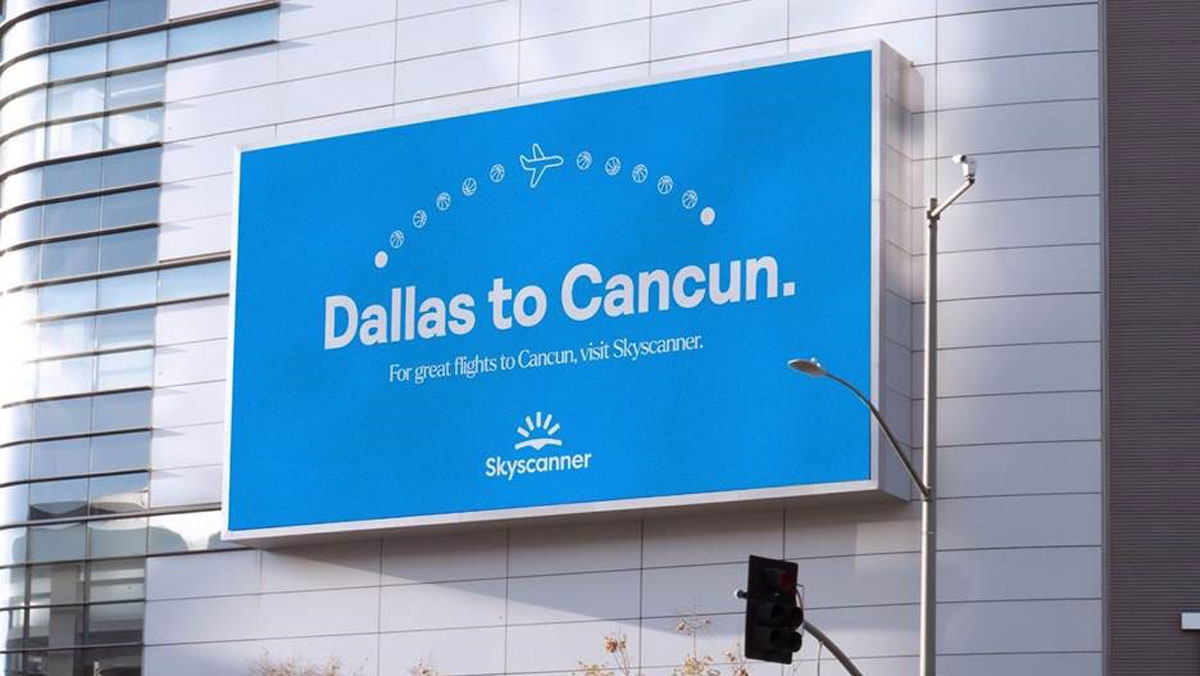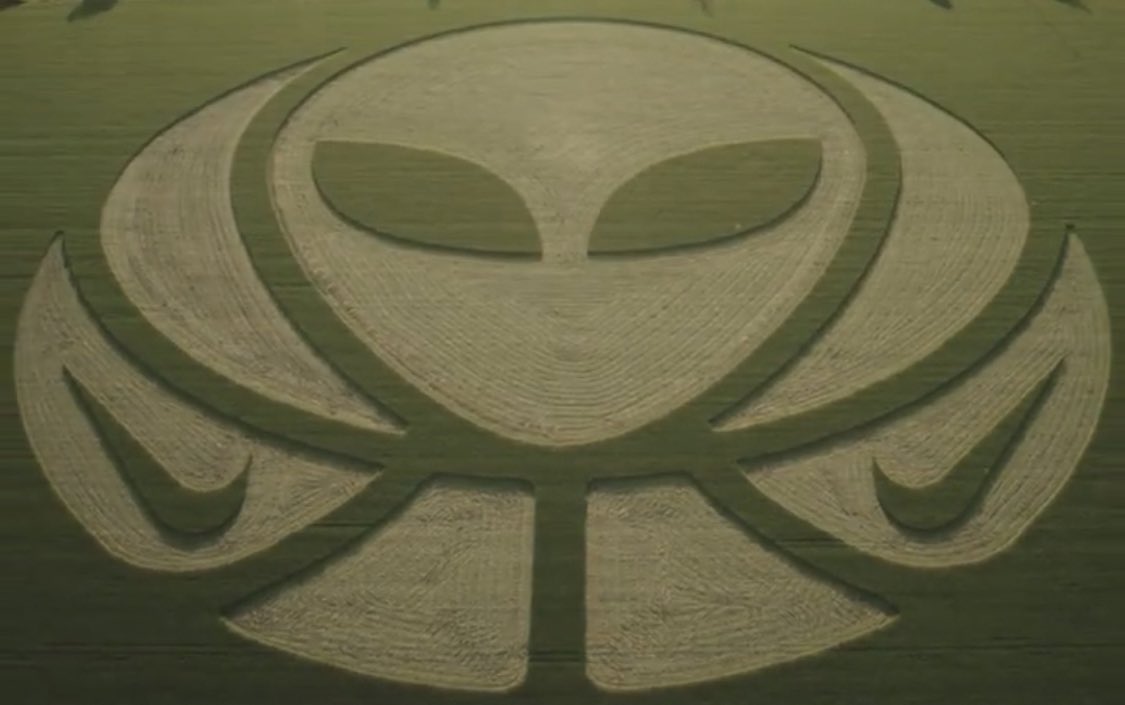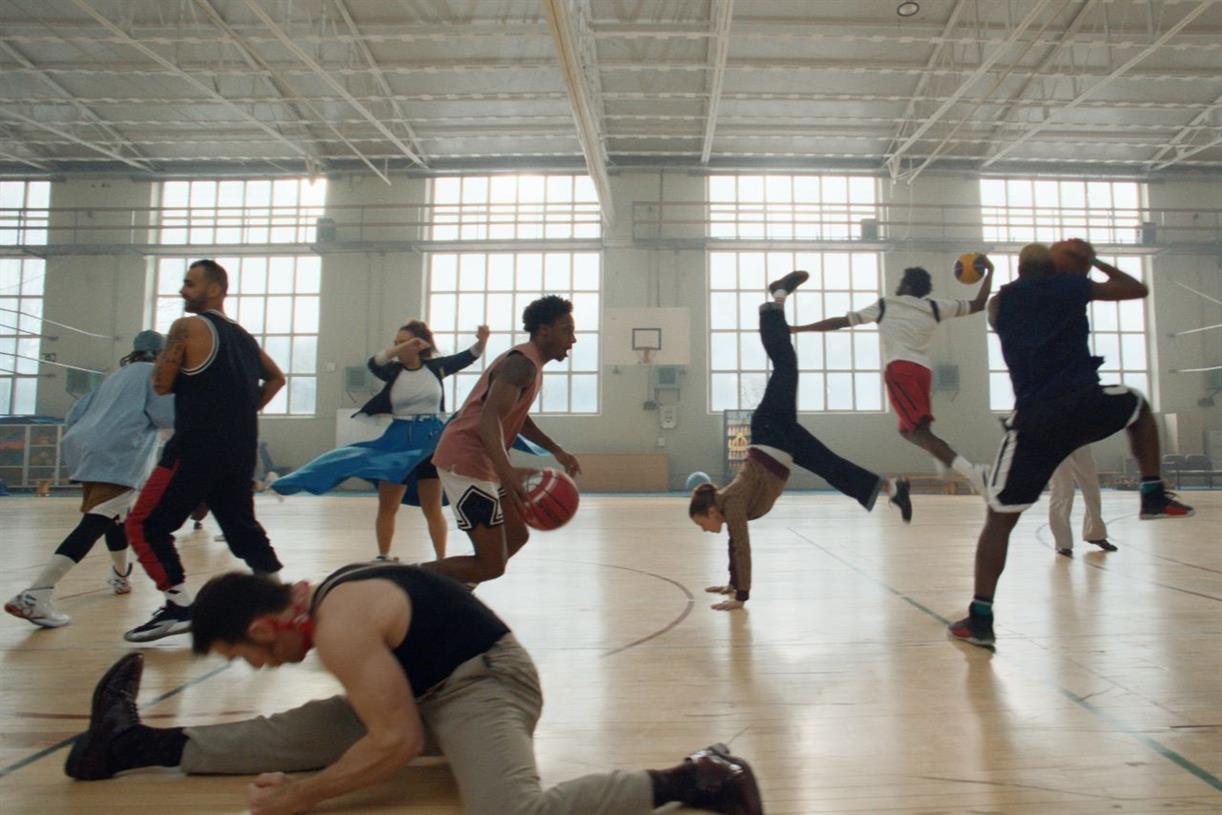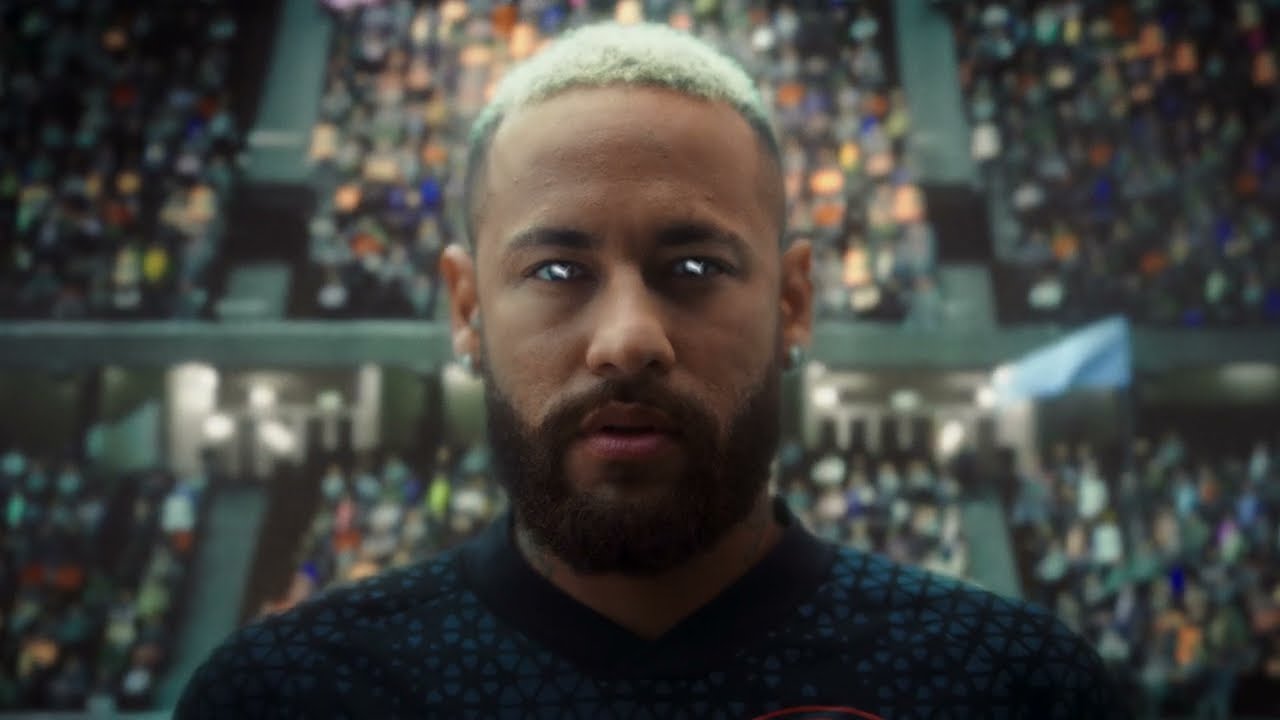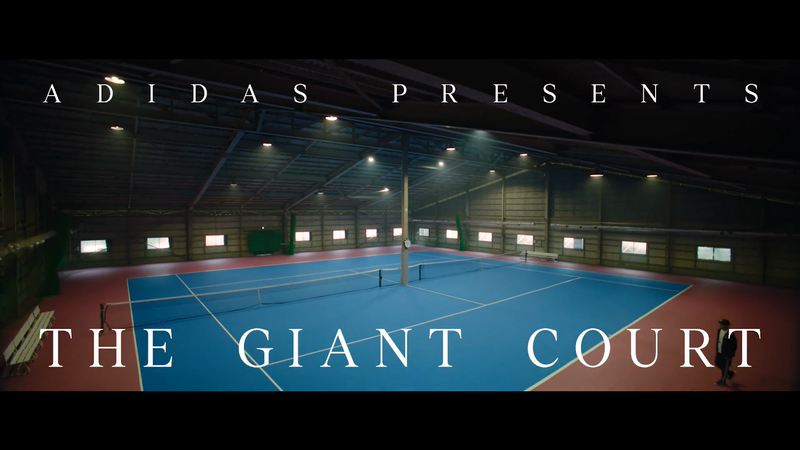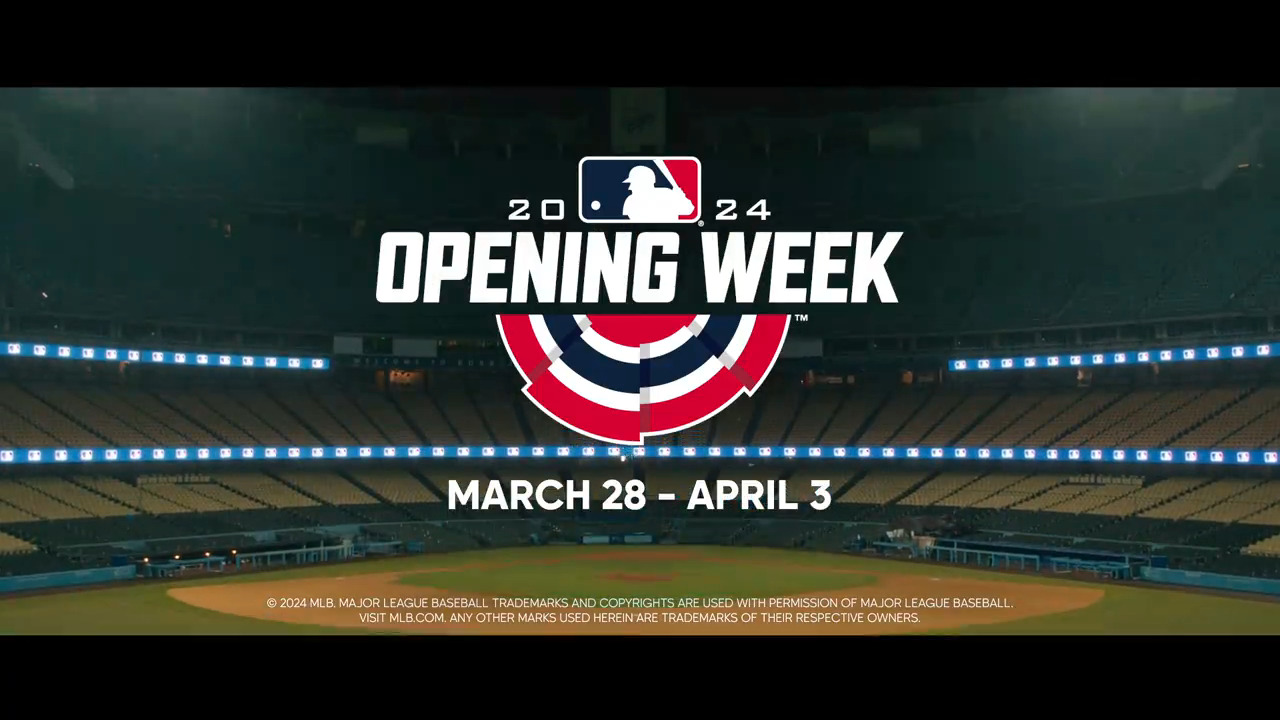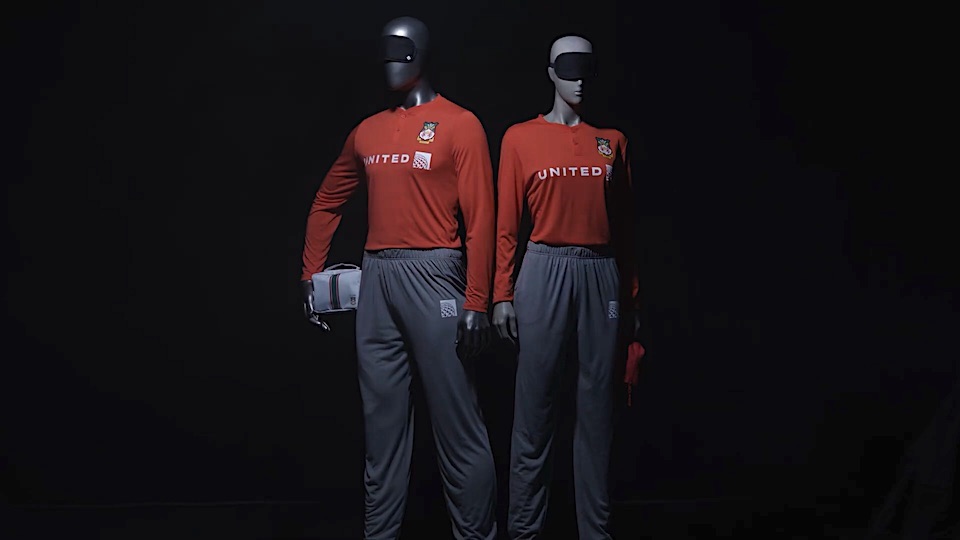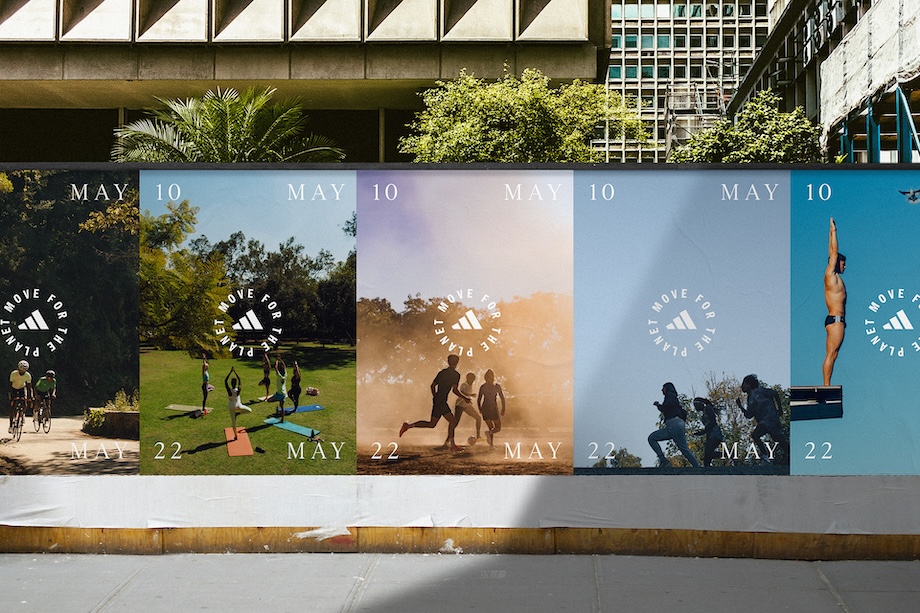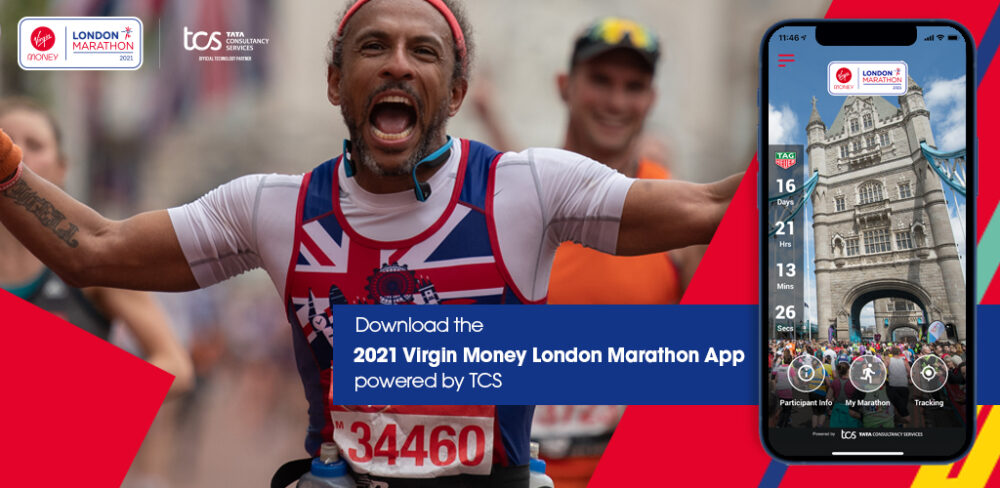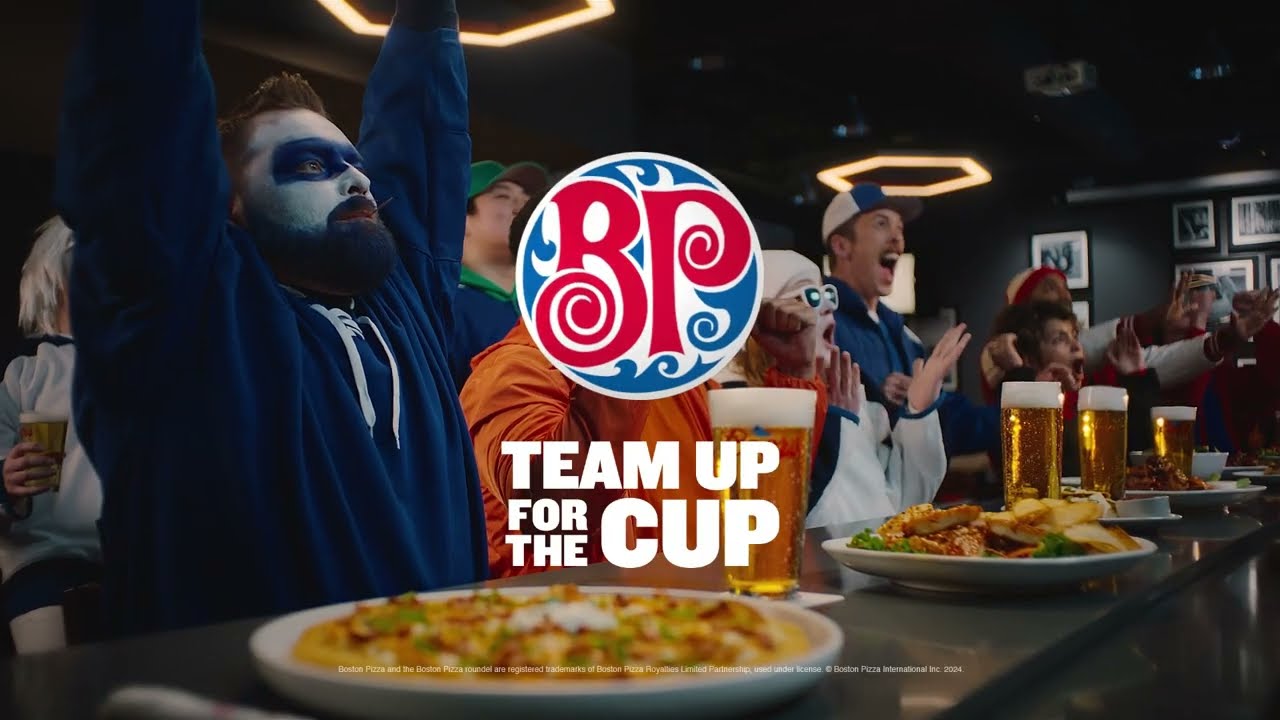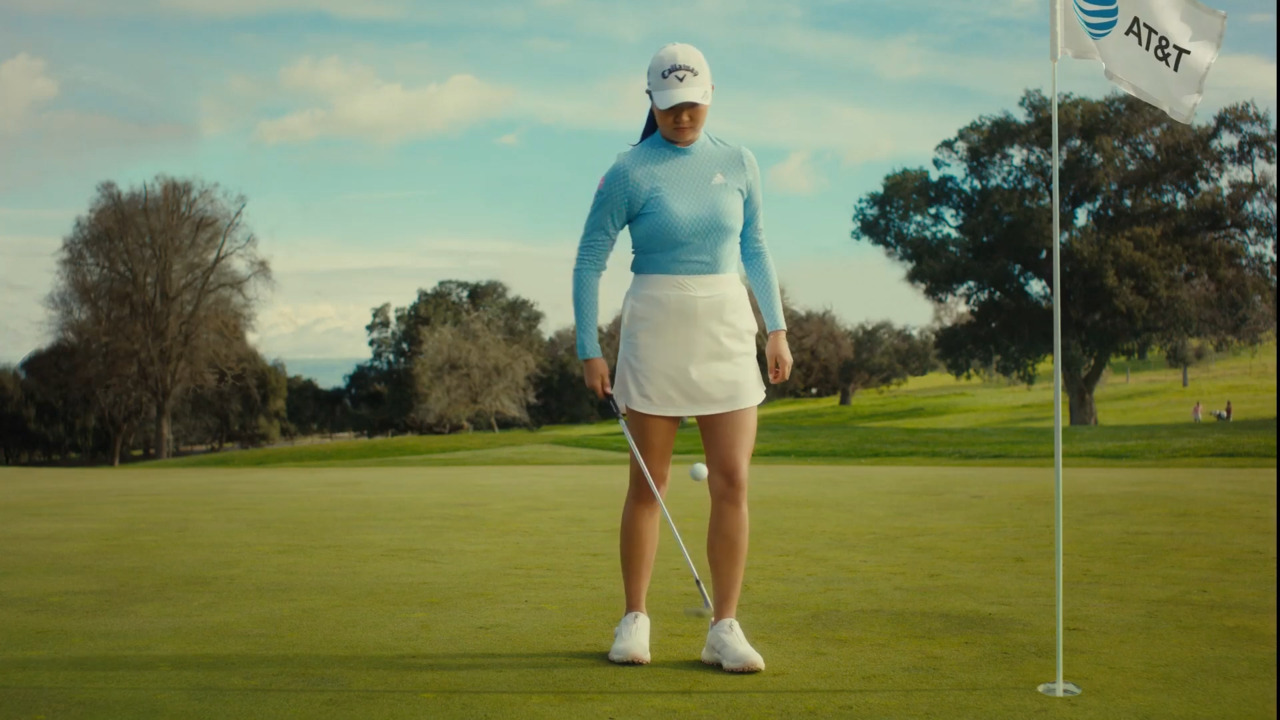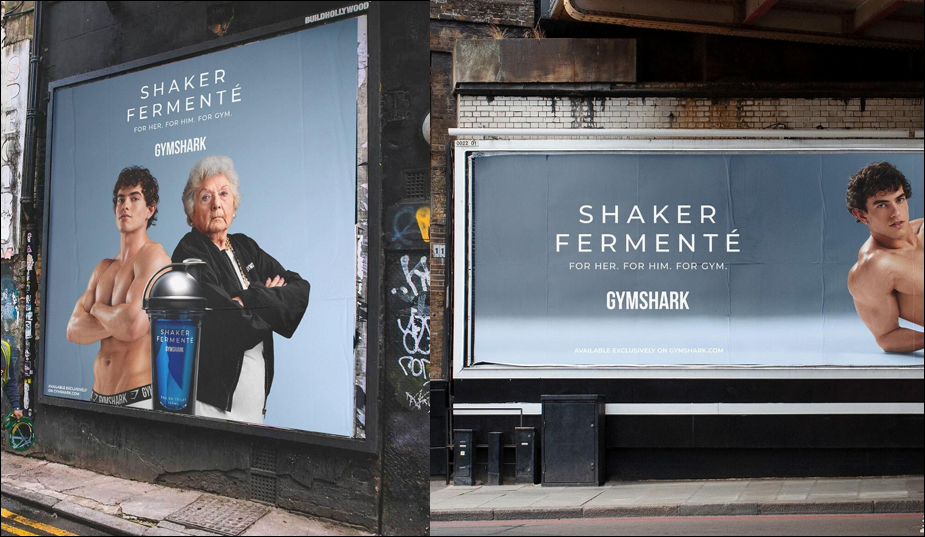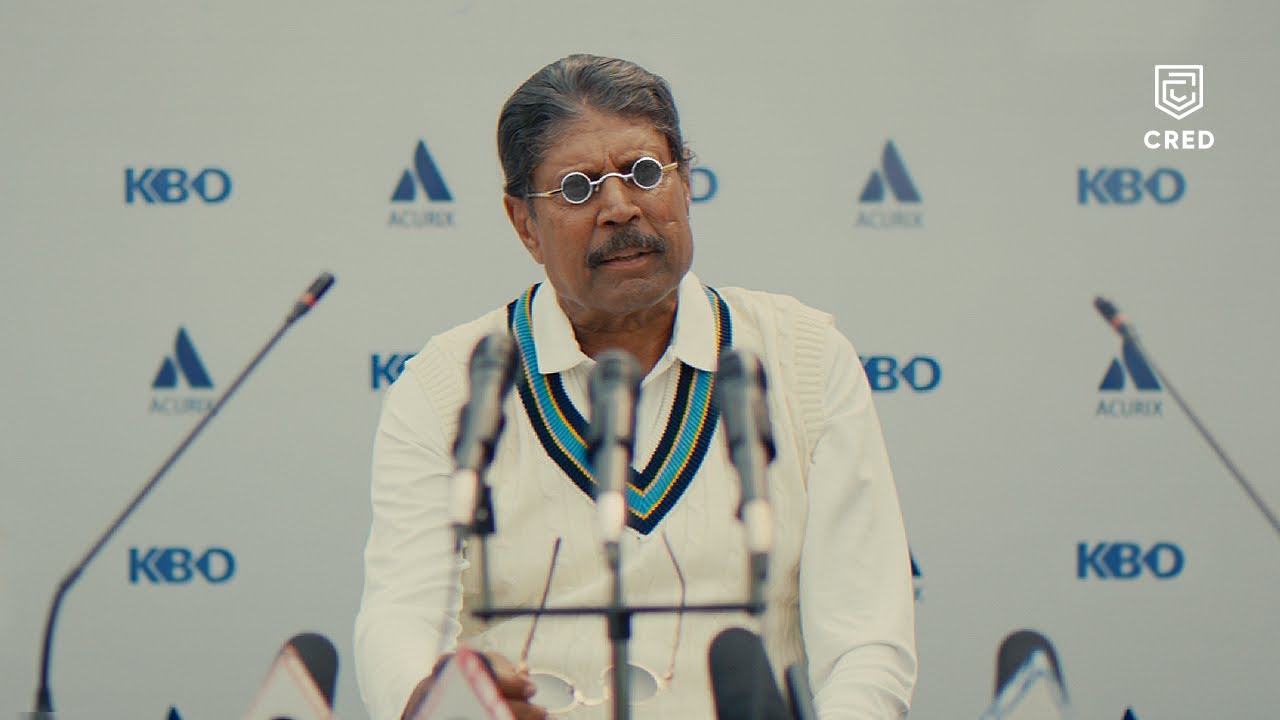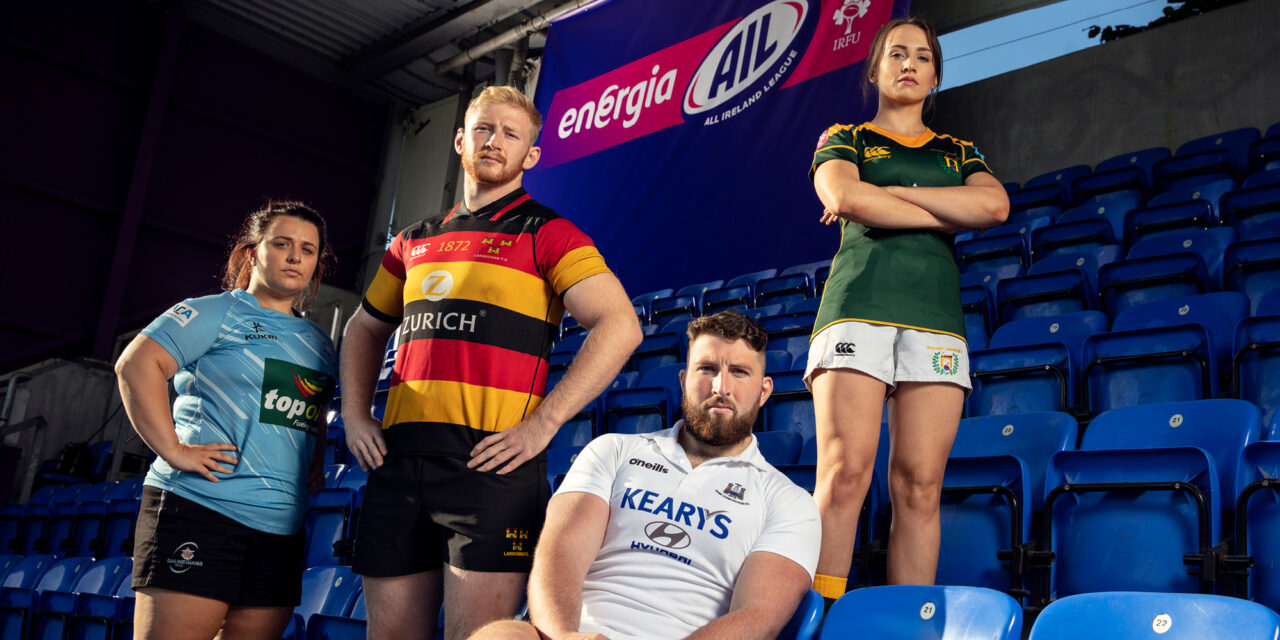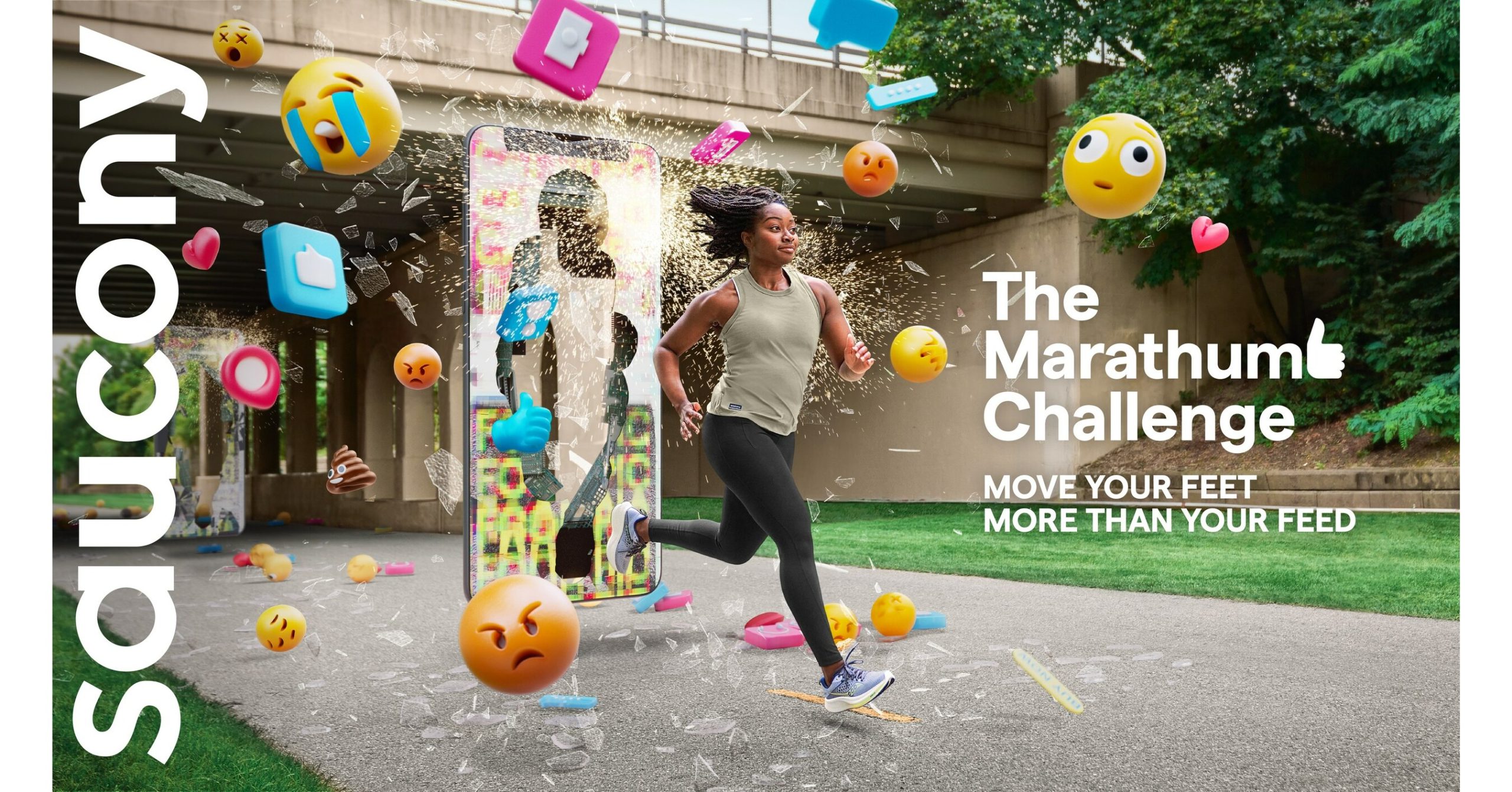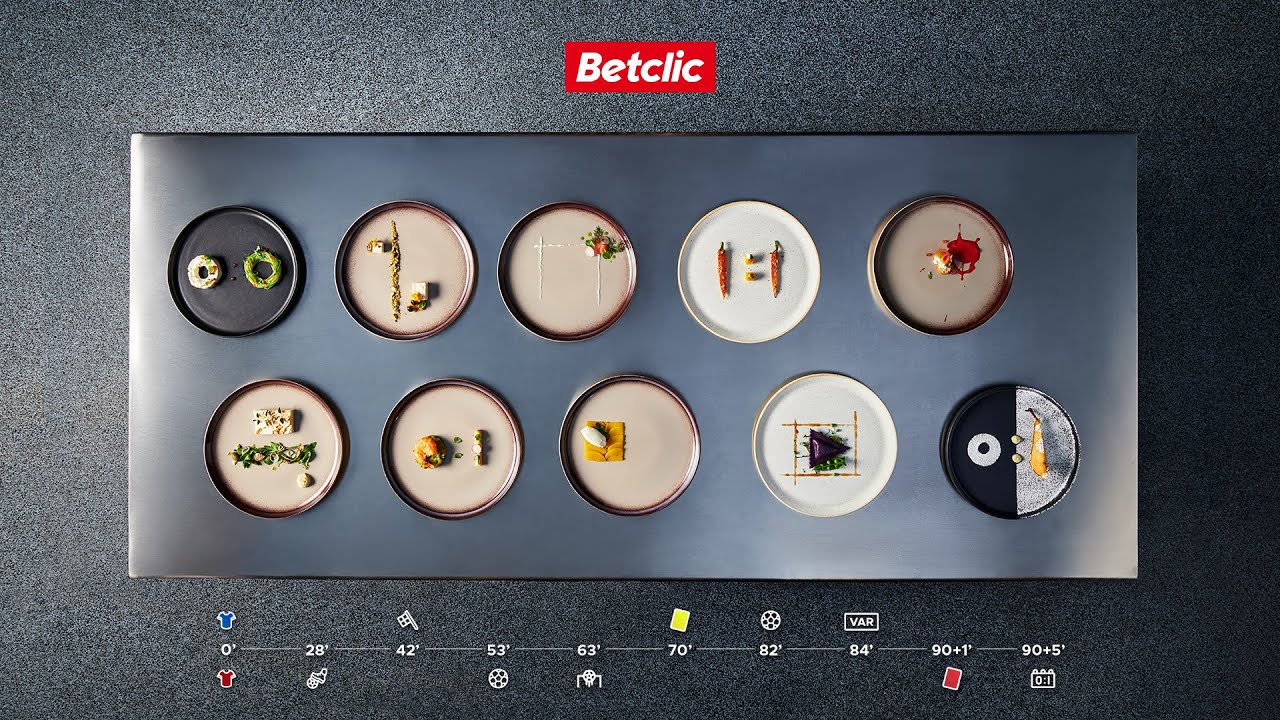NCAA Corporate Champion Capital One turned to comedy to connect with March Madness fans with a parallel traditional and digital campaign fronted by current brand ambassador Alec Baldwin alongside basketball legend Charles Barkley.
The financial sponsor feels former star baller Barclay fitted in well to its initiative not just because he is known for speaking his mind, but also because he is fun, engaging and approachable (and because he is a member of the Turner and CBS tournament broadcast team).
As March Madness sees huge numbers of consumers watch the tournament at work from their offices, Capital One is connecting its TV and traditional work with digital, social and online spots.
Capital One research found that during last March’s tournament more than two of every five Internet users visited a sports website for basketball content (according to Nielsen).
An MSN study into 2012 March Madness found 86% people who said they planned to watch games last year said they would devote some time during their workday to check scores or brackets online.
A quarter of those said they’d spend one to two hours at work following games on the first Thursday and Friday of the tournament.
‘There’s this phenomenon on Thursdays and Fridays [during March Madness],’ says Marc Mentry, senior vice president of brand marketing for Capital One. ‘So many people are still at work when the tournament starts. They’re watching the games online and checking their brackets.’
So the campaign kicked off with a total of nine new spots – three for national TV and six running online – running across CBS, Turner Sports, YouTube and Facebook and featuring both stars showing they are not afraid to laugh at themselves.
The spots promote Capital One’s Venture Card and aim is to create memorable messages that lead to lasting brand impressions through humour.
Each commercial integrates the product into the narrative.
For example, the spot called ‘Telestrator’ sees the two stars swap funny lines with Baldwin in the studio and Barkley blacked out of travel to the Tournament because he used a single-miles credit card.
Dovetailing its commercial film work with social media, the brand’s @CapitalOne account pushes the campaign hashtag #RallyCry (which also featured in the endframes of each TV spot).
Capital One is dedicating significant resources to pushing conversation via additional content through #RallyCry and it uses promoted tweets O(as did non sponsors such as Nike and Walmart), as well as consumer and partners ones too.
Capital One also created a newsroom-style social media team responding to tweets live during games and leveraging real time marketing opportunities.
The aim is to provide fans with a social platform to discuss their teams.
The sponsor is tracking the evolving social conversation and changing the background of its official Twitter account’s background based on analytics that determine the schools producing the ‘loudest’ fans on social media.
Capital One also ran March Madness-themed Facebook ads, YouTube promos, general display across the Internet to complement its sponsorship of CBSSports.com’s tournament brackets and webcasts.
A further two strands to the campaign engaged fans on-site at the Final Four competition in Atlanta so the brand can connect in a direct and personal way at the games themselves.
An aggregation of all #RallyCry social traffic ranked each participating school and gave an award to the best supported school demonstrating the ‘most pride’ at the end of the competition.
Furthermore, fans purchasing tournament tickets through the NCAA with their Capital One card and using code CAPONESAV, received 10% off select tickets, while Capital One also ran a ‘Best Seat in the House’ competition which gave fans in the Georgia Dome at the Final Four the opportunity to move up to better seats.
‘We are harvesting that voice and pride — the loudest and proudest fans — we’re going to be sweeping all that together and funnelling it into a bit of a virtual scoreboard through our Facebook, Twitter and YouTube channel,’ explains Mentry
Comment
According to AdWeek, the cost of Capital One’s NCAA sponsorship is more than $35m per year.
A hefty price, but seemingly a good fit for the brand.
Market researcher Scarborough’s data shows shows Capital One reaches several key demographics during March Madness.
83% of tournament viewers used a credit card in the past three months, making tournament viewers 12% more likely than the average US adult to use a credit card.
In addition, nearly one-third of viewers have a household income of $100,000 or more.
‘Having our brand associated with the NCAA and March Madness is one of those things you can’t pass up,’ says Mentry
Mentry says that it is the high levels of ‘fan passion’ that keeps Capital One committed to college sports.
‘What we call [March Madness] around here is appointment dealing. No one DVRs March Madness. People are watching live, and as a brand, we get to hit people in a place where they’re very passionate,’ Mentry said.
As the official banking and credit card partner of the NCAA, Capital One has long been activating around US college sports.
Indeed, it organises its own brand annual Capital One Cup: an event which champions the best in college sports and offers $400,00 worth of student-athlete scholarships.
Alongside fellow NCAA Corporate Champions AT&T and Coca-Cola, Capital One also has exclusive rights to use the NCAA logos, marks and designations.
Links
Capital One March Madness TVC YouTube
http://www.youtube.com/watch?feature=player_embedded&v=Y68x1L0sme0
Capital One March Madness On Twitter
@CapitalOne
#RallyCry
Capital One Presents NCAA Bracket Challenge
http://bracketchallenge.ncaa.com/ncaabracketchallenge#entry_id=&group_id=&path=landing

